Ep. 3: Beyond Indigenous Peoples’ Day
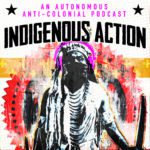


In this broadcast host Bonn talks with Amrah Salomón J., Anne Spice, Makoon, and Demian Dinéyazhi’ about the limitations of Indigenous Peoples’ Day & the possibilities of Indigenous liberation.
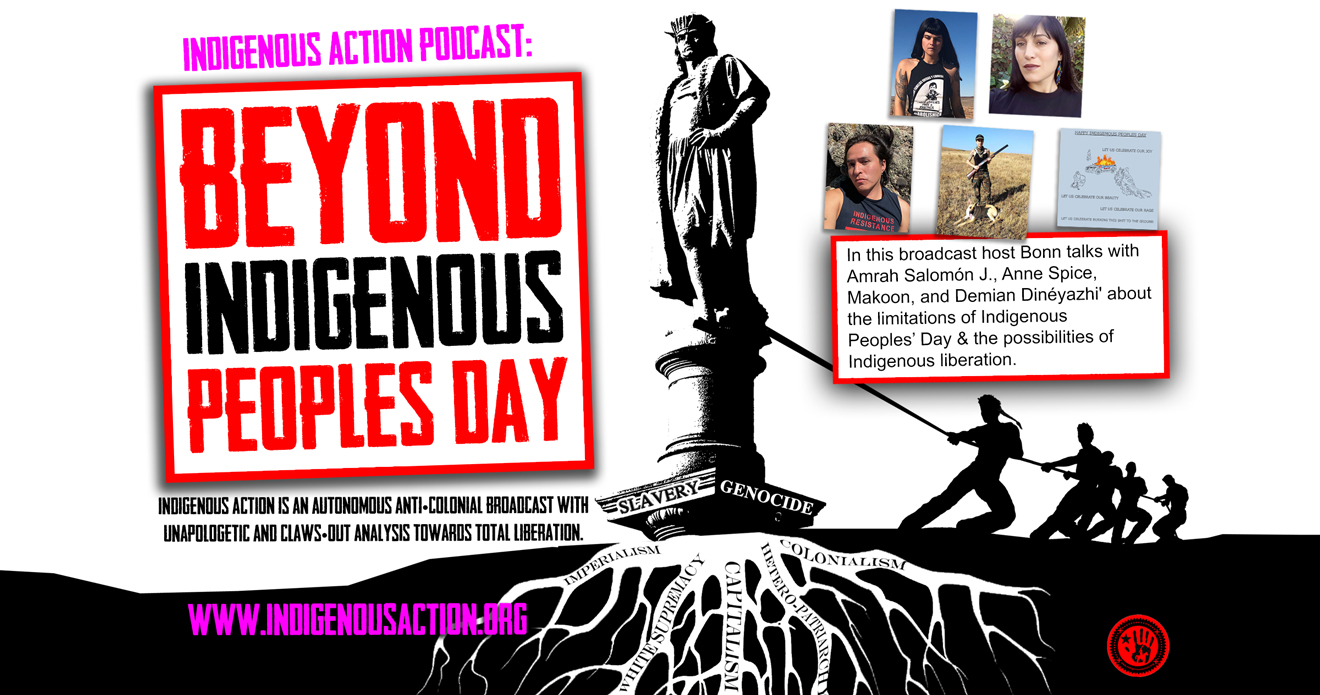



In this broadcast host Bonn talks with Amrah Salomón J., Anne Spice, Makoon, and Demian Dinéyazhi’ about the limitations of Indigenous Peoples’ Day & the possibilities of Indigenous liberation. Check out our 2017 ‘zine Uprooting Colonialism: Beyond Indigenous Peoples’ Day: www.indigenousaction.org/uprooting-colonialism-the-limitations-of-indigenous-peoples-day/
Guests:
Amrah Salomón J.
@oodhamantiborder
@defendoodhamjewed
Cashapp: $DefendOodhamJewed
Paypal.me/DefendOodhamJewed
Venmo: @DefendOodhamJewed
Demian Dinéyazhi’
@heterogeneoushomosexual@riseindigenous
Venmo: @ demian-dineyazhi
Cashapp: $demiandineyazhi
PayPal: demian.dineyazhi@gmail.com
Anne Spice
@annespice
Donate through this site: unistoten.camp
PayPal: aspice@gradcenter.cuny.edu
Makoon
@shoshoniwaaipe
Venmo: @tsaangubeaichehku
CashApp: $waaipe
Host: Bonn
Venmo: bonnabellaxvx
CashApp: bonnabellaxvx
PayPal: Bonn.baudelaire@gmail.com
About the podcast: Welcome to Indigenous Action where we dig deep into critical issues impacting our communities throughout Occupied America/Turtle Island. This is an autonomous anti-colonial broadcast with unapologetic and claws-out analysis towards total liberation. So take your seat by this fire and may the bridges we burn together, light our way.
Subscribe, like, share on iTunes, Spotify, and Google Play. Email us at IAInfo@protonmail.com.
Music: Without Rezervation “Was He A Fool” (1994)
www.canyonrecords.com/shop/index.php?app=ecom&ns=prodshow&ref=CR-7035
www.indigenousaction.org/podcast


Feature Front
The family of Klee Benally thanks you for the donations!
Feature Front
No Thanks, No Giving! Indigenous Action Yearly Fundraiser (online)
anti-colonial
16th Annual No Thanks, No Giving!
-

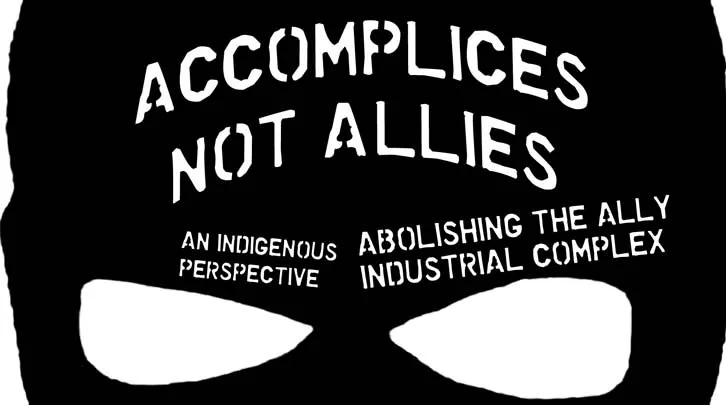

 Commentary & Essays10 years ago
Commentary & Essays10 years agoAccomplices Not Allies: Abolishing the Ally Industrial Complex
-

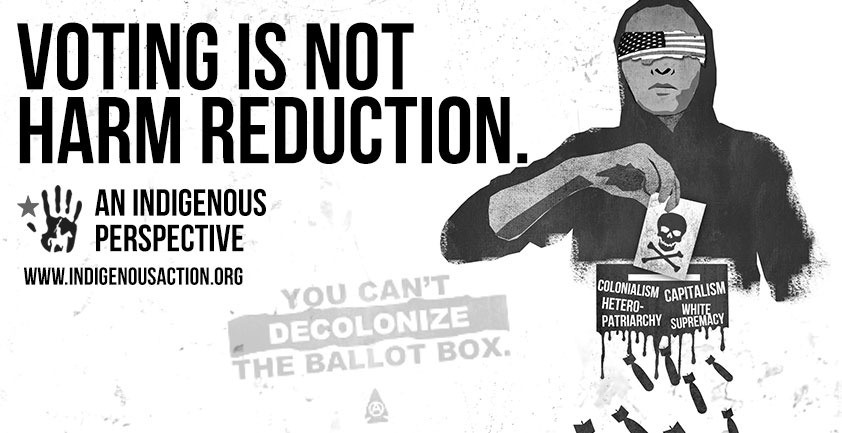

 anti-colonial4 years ago
anti-colonial4 years agoVoting is Not Harm Reduction – An Indigenous Perspective
-

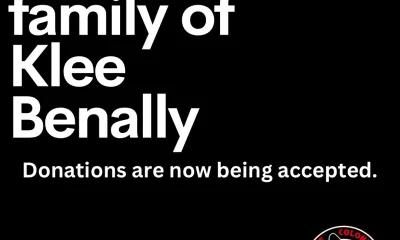

 Feature Front7 months ago
Feature Front7 months agoThe family of Klee Benally thanks you for the donations!
-



 anti-colonial4 years ago
anti-colonial4 years agoRethinking the Apocalypse: An Indigenous Anti-Futurist Manifesto
-



 #nonukes11 years ago
#nonukes11 years agoIndigenous Elders and Medicine Peoples Council Statement on Fukushima
-

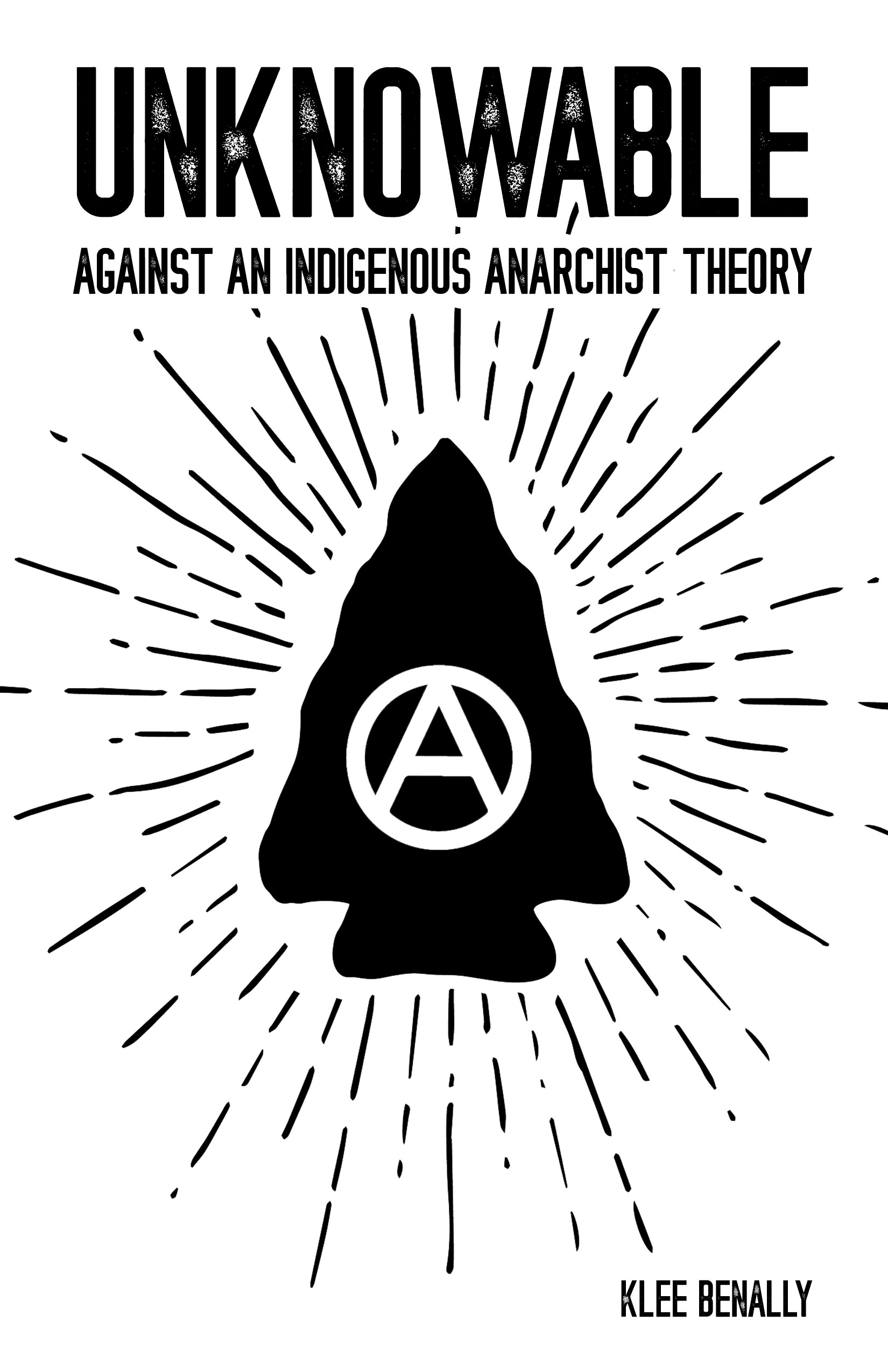

 anti-colonial3 years ago
anti-colonial3 years agoUnknowable: Against an Indigenous Anarchist Theory – Zine
-

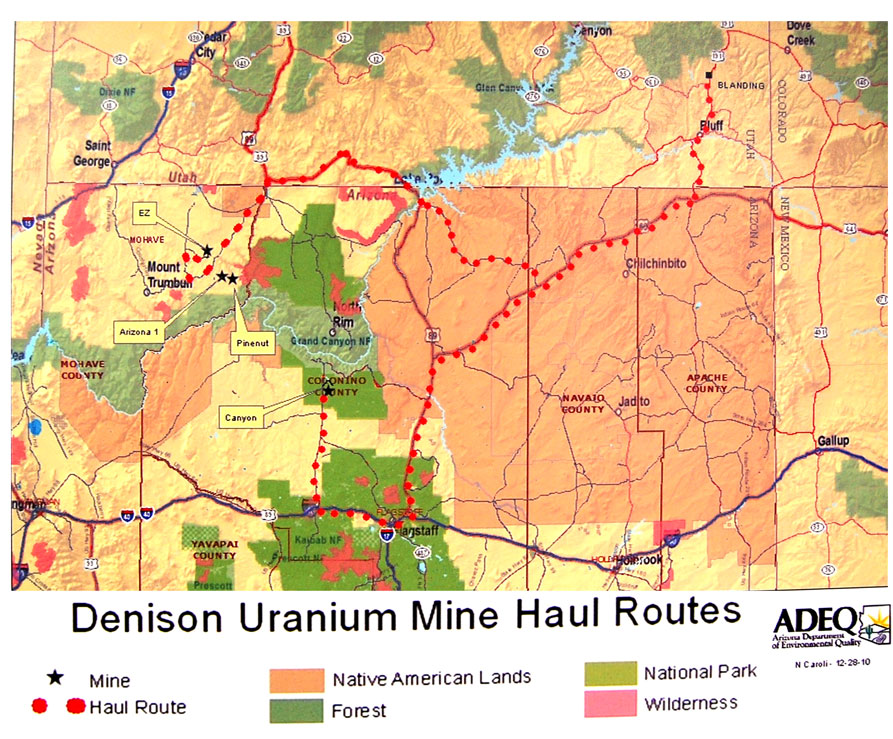

 #nonukes14 years ago
#nonukes14 years agoUranium Mining Begins Near Grand Canyon
-

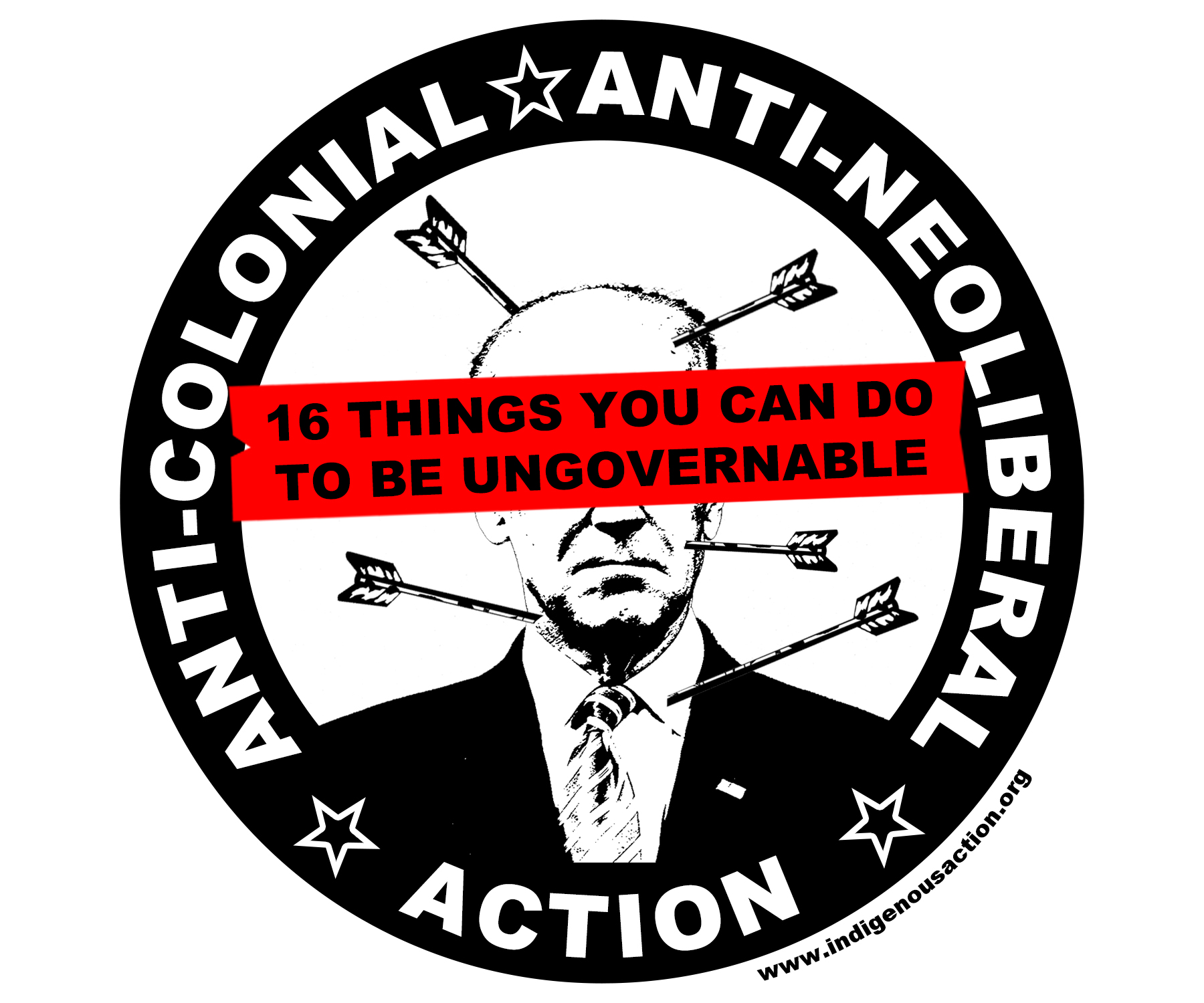

 #policestate4 years ago
#policestate4 years ago16 Things You Can Do To Be Ungovernable. P.S. Fuck Biden

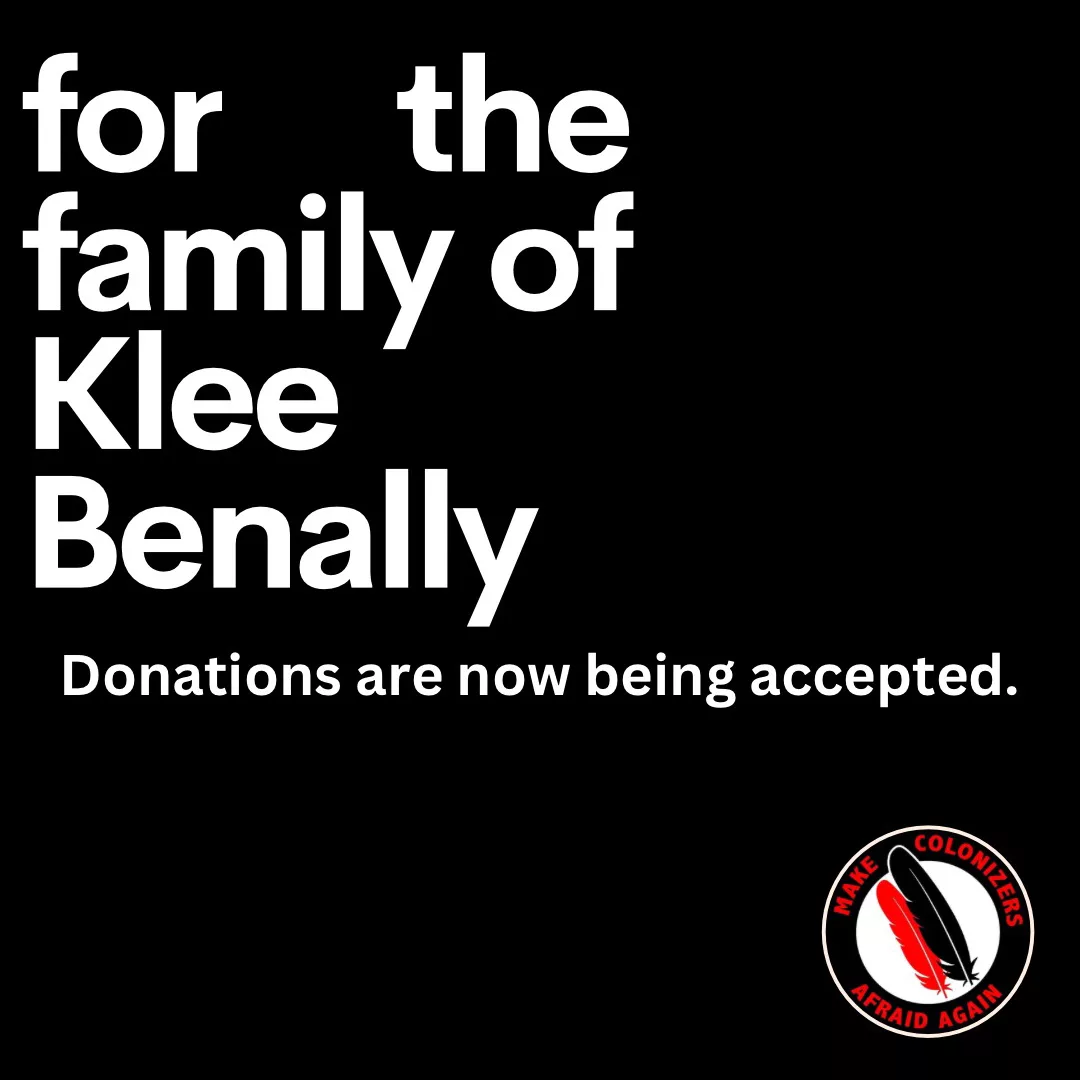
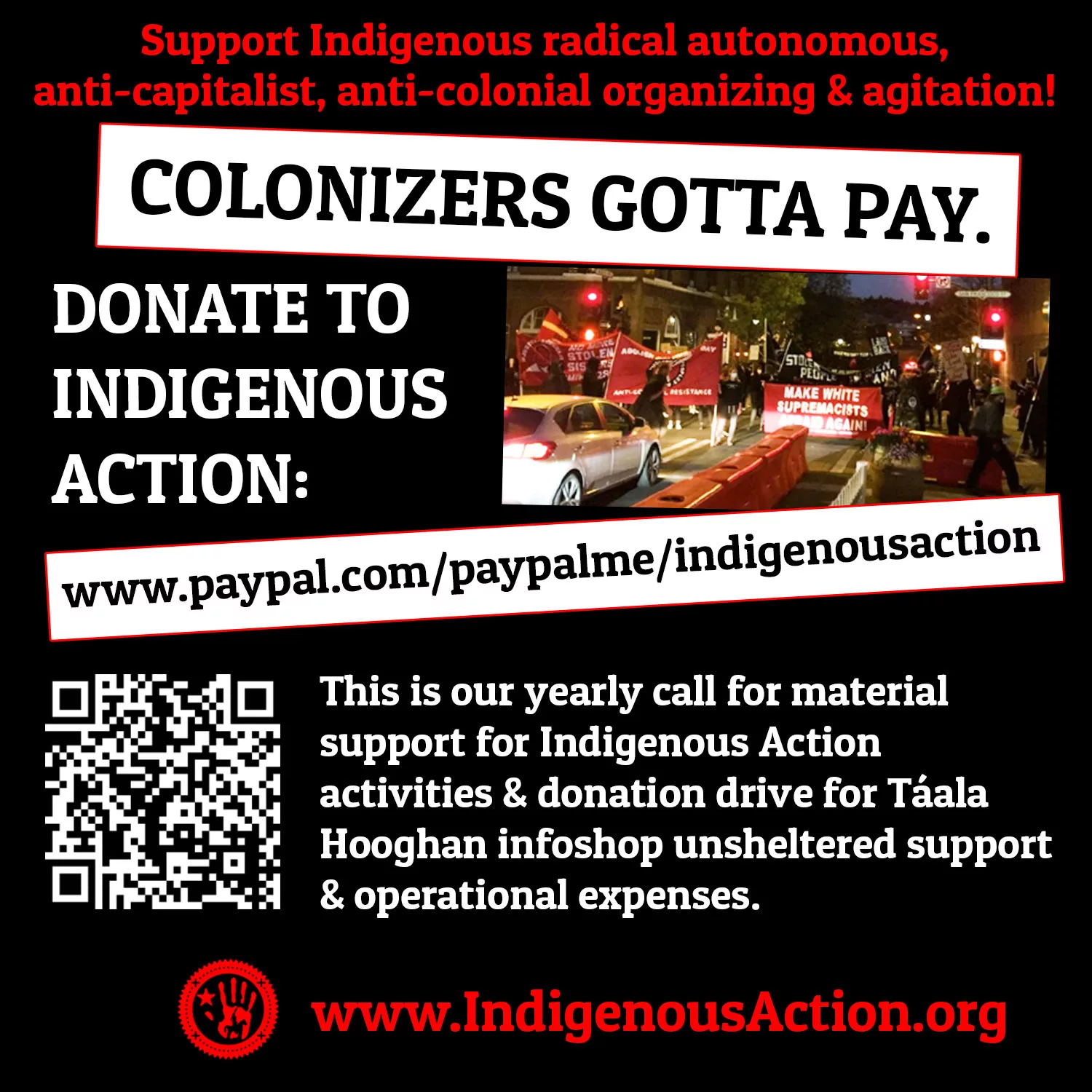
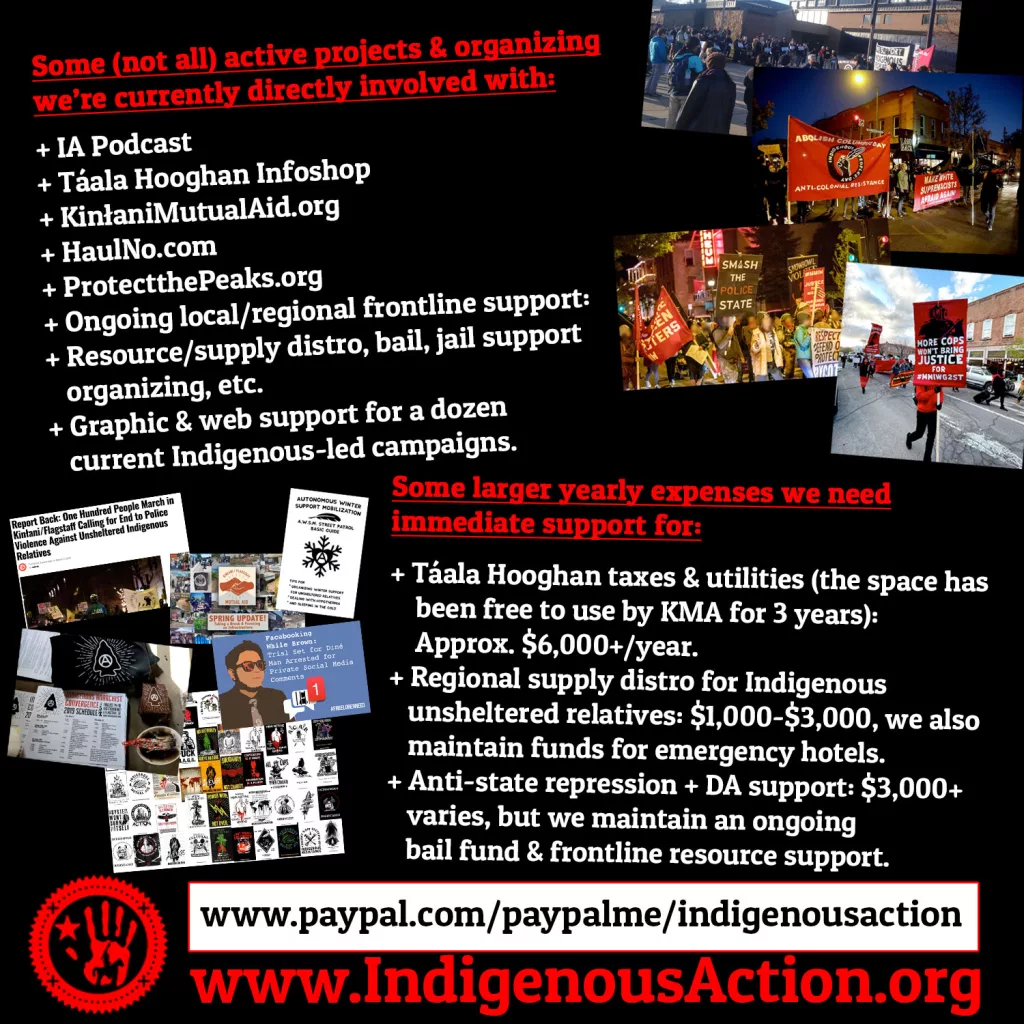
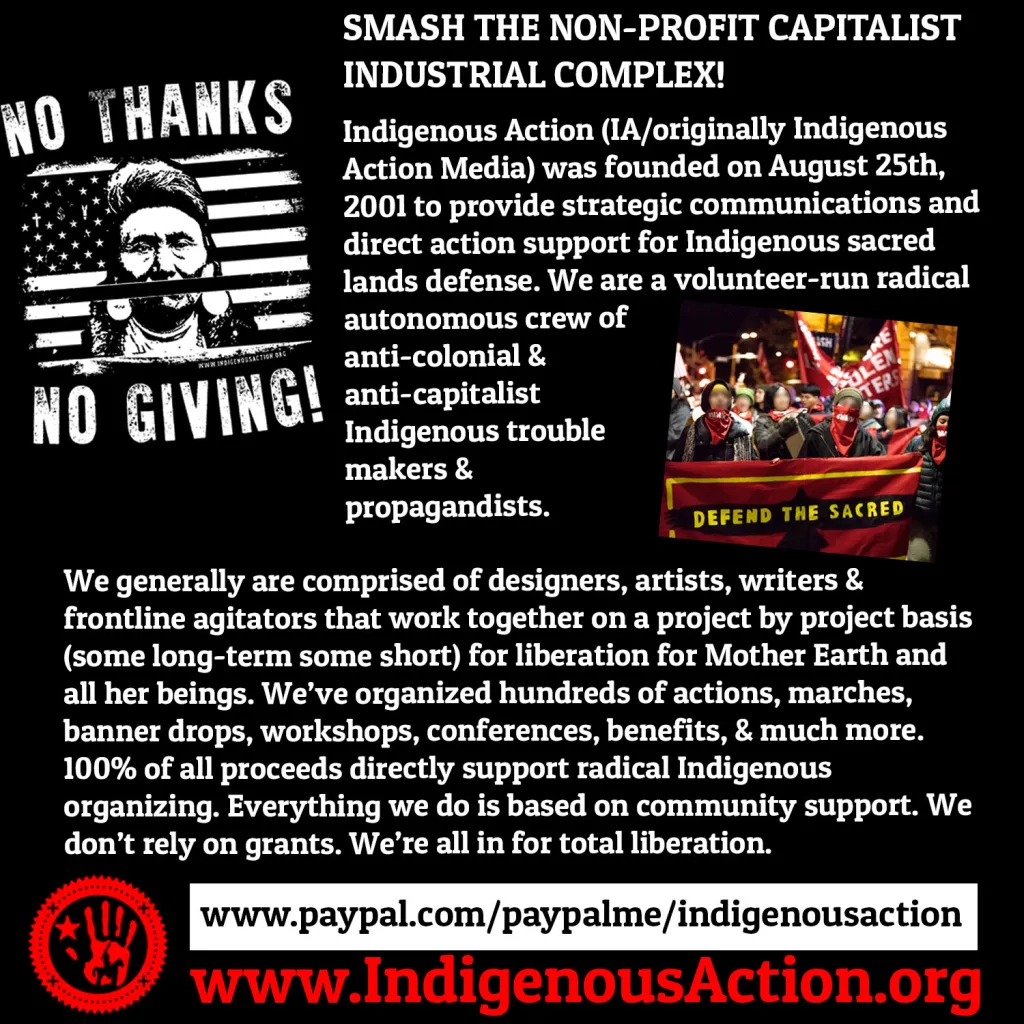
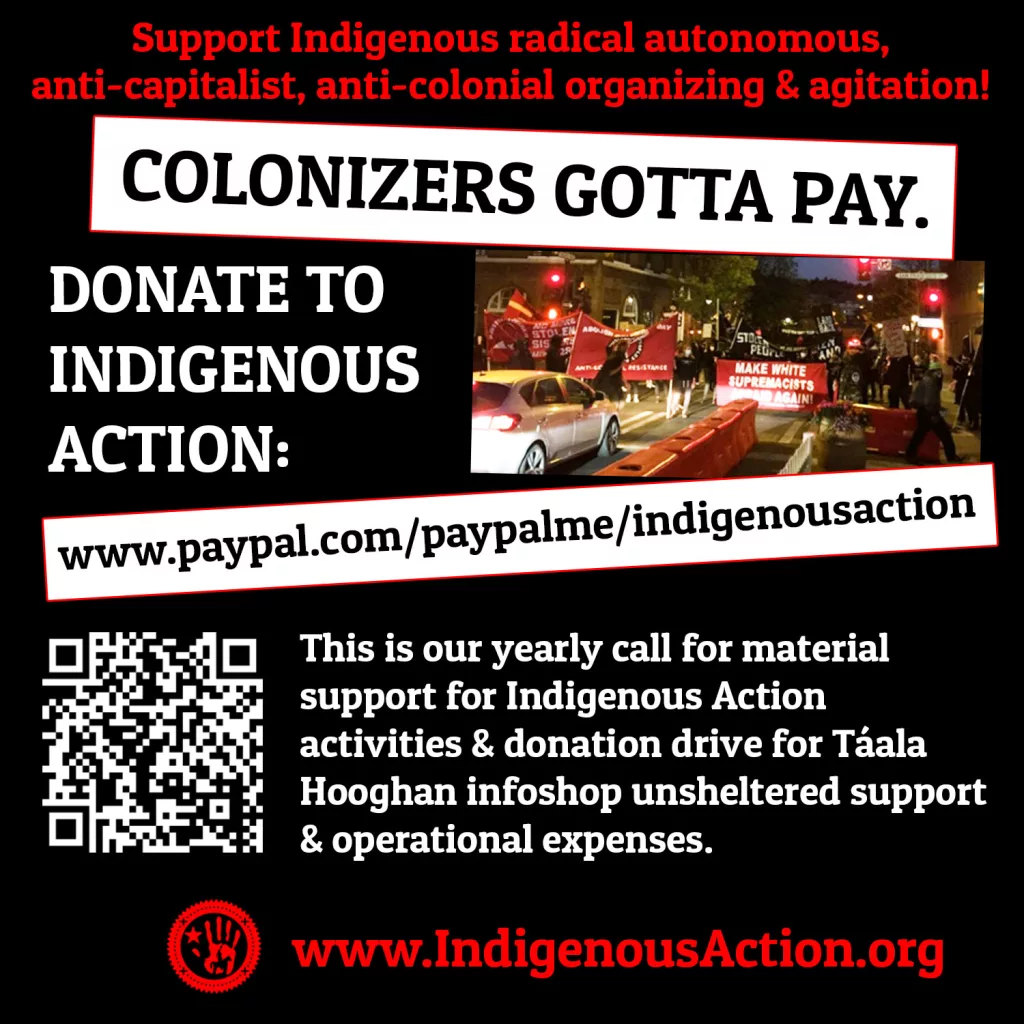
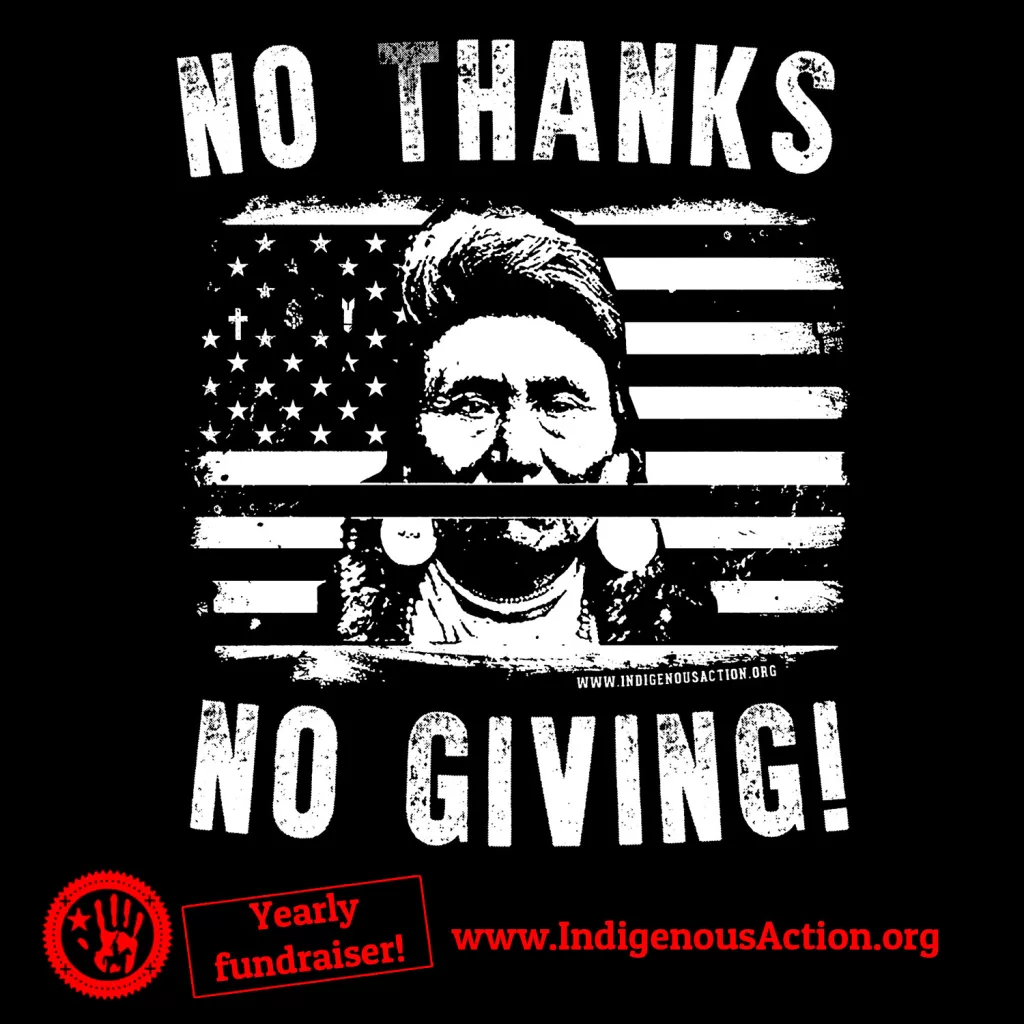
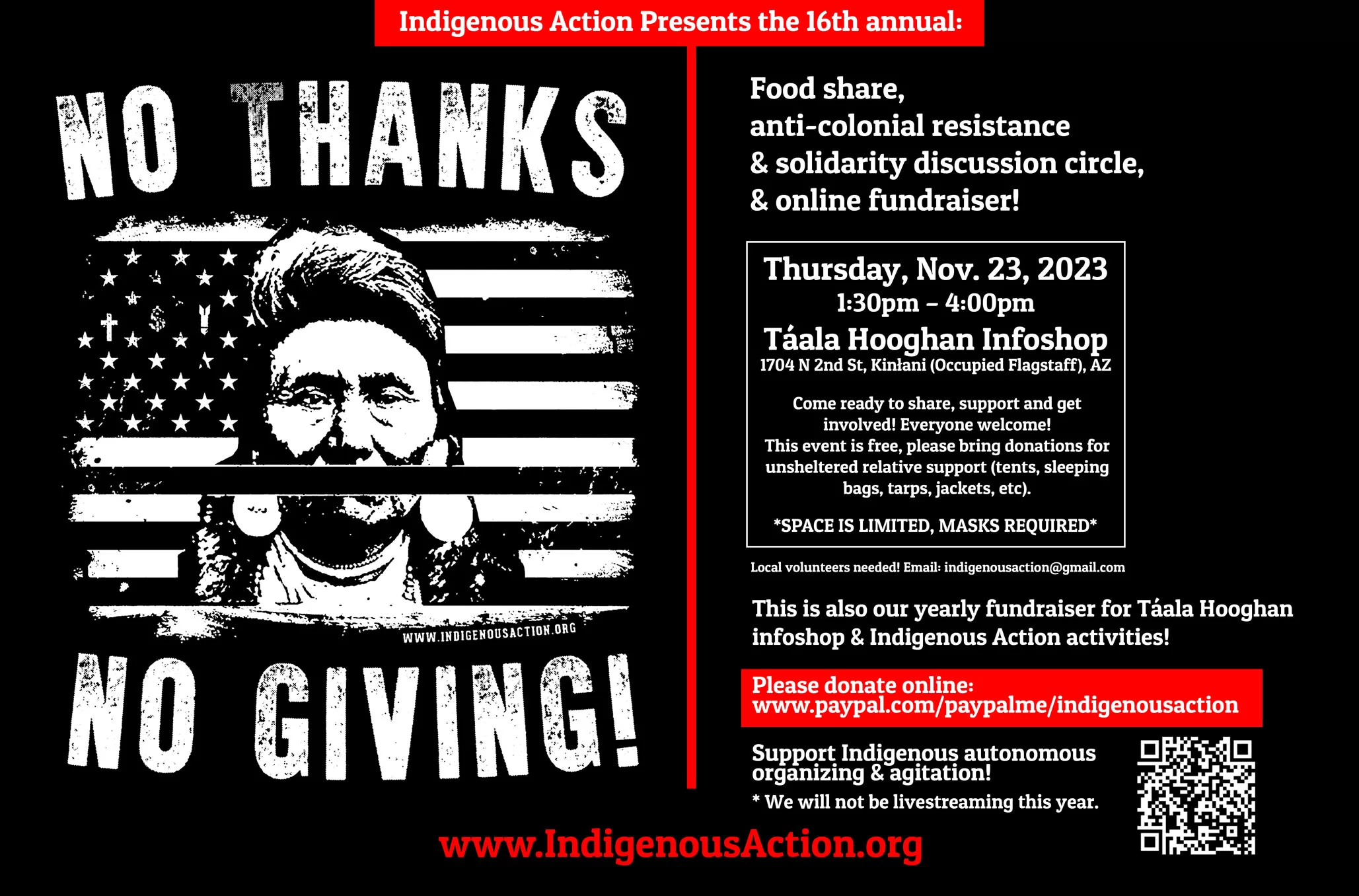

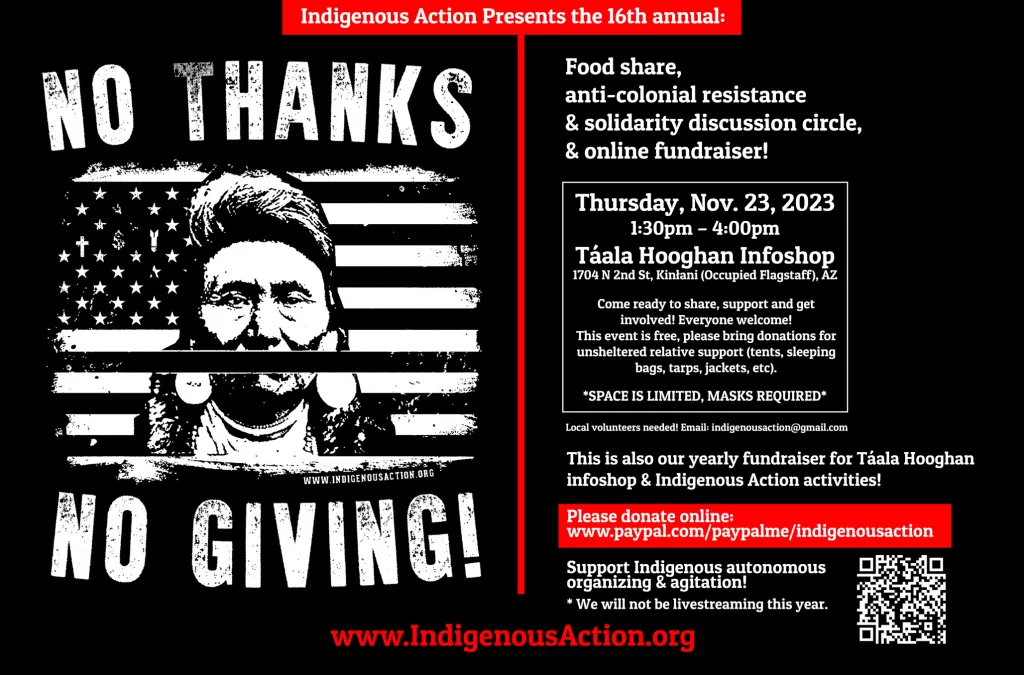
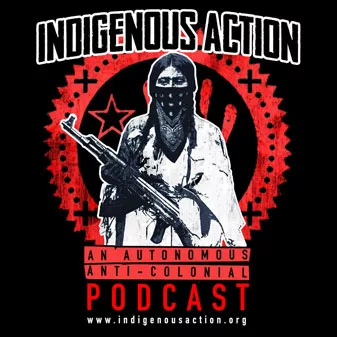
You must be logged in to post a comment Login